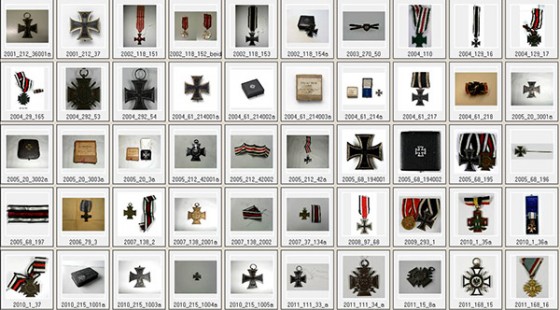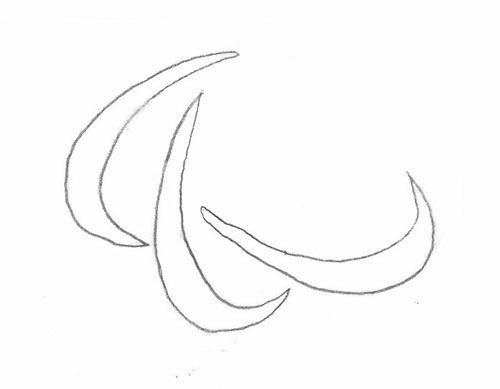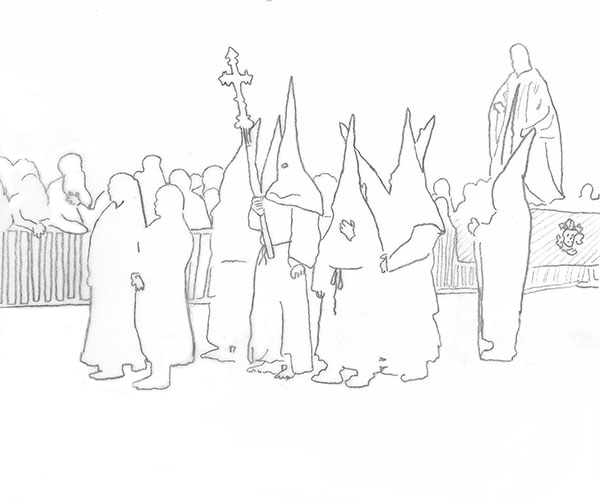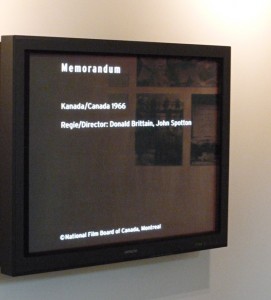The Jewish Museum is located in the well-known Berlin neighborhood of Kreuzberg, which is also home to a 66-meter high hill that gave the district its name in 1920: Kreuz meaning ‘cross’ and Berg ‘mount’ or ‘hill’. A monument designed by Friedrich Schinkel had been erected there about 100 years prior in memory of the war of liberation from Napoleon. On top it has always been bedecked with an Iron Cross. Prussian King Friedrich Wilhelm III first endowed the building of the monument 200 years ago, on 10 March 1813, the birthday of his late Queen Luise. A drawing of Schinkel’s design for the Iron Cross has been passed down to the Kupferstichkabinett’s collection (Museum of Prints and Drawings). In 1870 and 1914 respectively, Emperors Wilhelm I and II made subsequent endowments of the Iron Cross for particular service by German soldiers.
Numerous Iron Crosses can be found in the Jewish Museum’s collection, in many cases together with the respective certificates.

Iron Crosses in Kreuzberg – view of the object data bank of the Jewish Museum
© Jewish Museum Berlin
They nearly all date from the time of the First World War, in which around 100,000 Jewish soldiers participated on the German side. Among them were Julius Fliess (1876-1955) and Max Haller (1892-1960), whose medals are now in the Jewish Museum’s possession. → continue reading
Employees of the Jewish Museum Berlin answer the question.
 “My public events of the year were the Olympic and the Paralympic Games in London. (An extra: black-striped cross-eyes the next morning.) There were incomparably more pictures of the Paralympics than ever before: the photos of people sprinting with artificial legs had a particular symbolic power for me: flying over hurdles!”
“My public events of the year were the Olympic and the Paralympic Games in London. (An extra: black-striped cross-eyes the next morning.) There were incomparably more pictures of the Paralympics than ever before: the photos of people sprinting with artificial legs had a particular symbolic power for me: flying over hurdles!”
Ines Rösler, Collections
(editor’s note: Our blog posting for the 31. August 2012 was dedicated to Ludwig Guttmann, father of the Paralympics.)
“For me the discussion about the bestowal of the Adorno Prize on Judith Butler was the event of the year, because the verbal chasm between Butler’s style of argumentation and the colloquial style of the critics who questioned her worthiness to receive the prize deeply dismayed me. A few meals with friends during those late summer weeks threatened to turn into evenings of heated discussion, with all the charm of a plenary assembly for ASTA.”
Mirjam Wenzel, Media
(editor’s note: Four days after the Adorno Prize event, on 15. September 2012, a long-planned panel discussion with Judith  Butler and Micha Brumlik discussed “Does Zionism Belong to Judaism?”)
Butler and Micha Brumlik discussed “Does Zionism Belong to Judaism?”)
“My event of 2012: the Good Friday procession in Perpignan with its bells and drums.”
Johannes Rinke, Visitor Services
The Gregorian calendar, according to which we are now counting the year 2013, begins on circumcisio domini, the day on which Jesus was circumcised. Last year, the act of circumcision was at the center of a political debate which discussed the relationship between non-Jewish Germans, German Jews and Muslims and Jews in Germany. The editors of the Jewish Museum’s website nominate the so-called circumcision debate as the event of the year 2012.
“One event of 2012 is still visible all over the city in 2013: The bancruptcy of the drugstore chain “Schlecker.” Empty store windows on every corner promising better quality of life in the neighborhood. But most will likely end up being storerooms for fitted kitchens.”
Martina Lüdicke, Exhibitions
 A police siren blares through the last rooms of the permanent exhibition. The source of the alarming noise is a film excerpt being displayed on a large screen.
A police siren blares through the last rooms of the permanent exhibition. The source of the alarming noise is a film excerpt being displayed on a large screen.
This section of the exhibition is about the Frankfurt Auschwitz trial that took place from December 1963 until August 1965. Former SS members of the Auschwitz concentration camp authority were tried for murder or for aiding and abetting murder. The litigation is regarded as a turning point in the way the National Socialist past was dealt with in the new Federal Republic. → continue reading



